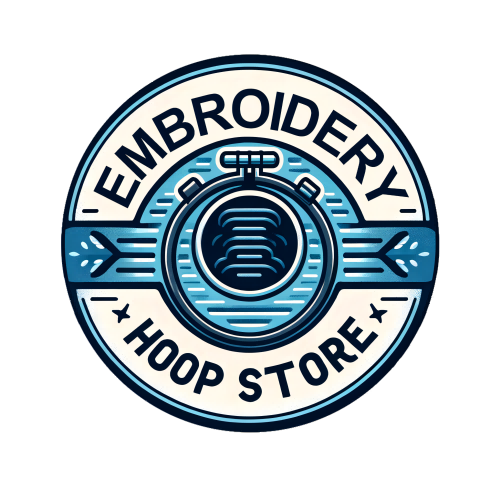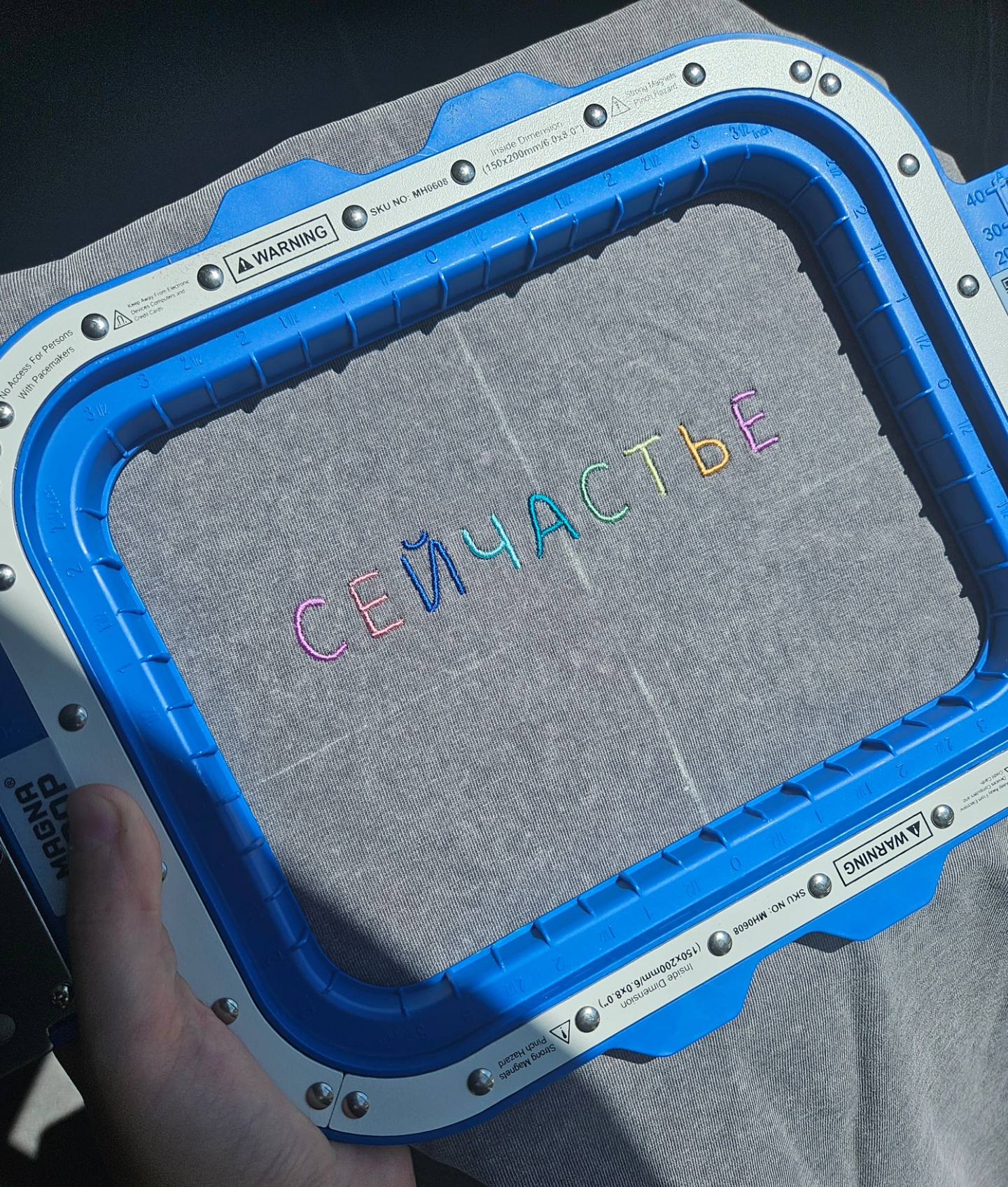1. Introduction to Brother Embroidery Machines
Brother is a well-known embroidery machine brand, with a full range of models ranging from household, commercial, to industrial. Its quick setting and fast multi-needle embroidery allow you to embroider large-scale color patterns with the least amount of thread changes, which greatly improves the efficiency of embroidery.
It provides thousands of embroidery enthusiasts and embroidery business practitioners with a convenient and fast embroidery experience. If you are a beginner in embroidery, you must want to import various and colorful designs into your embroidery machine, and many creative embroidery patterns often exist in specific formats, so it is very necessary to understand the embroidery file format. This blog will introduce you to the embroidery file format suitable for Brother embroidery machines. I hope it can be helpful to you.
2. Understanding File Formats for Embroidery
Exquisite embroidery design patterns have corresponding design formats. For example, our common picture formats are .jpg or .png; of course, embroidery designs generated through embroidery design software also have specific formats. Common embroidery file formats are PEX. , DST, EXP, CND, EMB, ESS, DAT, SAS, MJD, DSB...
For embroidery machine users, select the corresponding embroidery file format according to the brand and model of your embroidery machine and import it to the embroidery machine. If you import the wrong embroidery file format, the computer of the embroidery machine will not be able to recognize it or a bug will appear during the embroidery work. , generally when purchasing an embroidery machine, the instruction manual or operating guide will list in detail the embroidery file formats suitable for this machine. As long as you follow the instructions and export the corresponding file format after designing with the design software, there will be no problems.
2.1 Tajima (.DST):
DST file is a standard format in embroidery formats and is suitable for most embroidery machines on the market. This format can design complex, colorful embroidery patterns. Many brands of machines on the market imitate Tajima embroidery machines, so generally DST files are suitable for more than 80% of brands of embroidery machines. Moreover, the file formats exported by many design software must contain the DST option.
2.2 Melco (.CND) and Melco (.EXP):
CND and EXP file formats are suitable for Melco embroidery machines, and their use is relatively limited.
2.3 Deco, Brother, Babylock (.PES):
For most Brother and Babylock machines, the PES file format is a perfect match and supports designs with strict requirements on detail.
2.4 Wilcom (.EMB), Wilcom V9 (.EMB), Wilcom ESS (.ESS), Wilcom ESL (.ESL), Wilcom PLauen (.T10), Wilcom Saurer (.T15):
Wilcom is an embroidery design software, the file formats designed through this software include EMB/ESS/ESL/T10/T15
2.5 Hiraoka DAT (.DAT) and Hiraoka VEP (.VEP):
The DAT and VEP file formats support specific design data.
2.6 Saurer SLC (.SAS):
SAS format is suitable for Saurer embroidery machines and can realize designs with complex details.
2.7 Time and Space MJD (.MJD):
The MJD format file is used in Time and Space and has excellent performance for complex designs.
2.8 Barudan (.DSB):
DSB design format is compatible with Barudan machines. Can contain a variety of design elements

3. What file to use for Brother embroidery machine?
For Brother brand embroidery machines, the most common file format is PES. Most Brother brand models such as PRS100Vr; PR600; PR655/PR680W/PR1000/PR1000E/PR1055X can be adapted, not limited to entry-level or professional level All Brother embroidery machines can be transmitted and stored in PES format. Of course, in addition to PES format, Brother embroidery machines also support common file formats such as DST/EXP. Some common Brother models also support PHC/PEN (from iBroidery) format, such as Brother VR/Brother PRS100, some newer Brother models also support JEF (Janome format) and VP3 (Viking format). In general, it is very important to choose a file format that matches your machine model so that your designed patterns can be smoothly imported into the machine system to obtain perfect embroidery effects. Of course, if the file format you choose is incompatible with your machine, first of all, the machine will not read this file format. If you are lucky enough to be able to read it, it cannot be guaranteed to be read 100% completely. The pattern will be incomplete, or the embroidery system will be mutually exclusive. s consequence.
4. Converting Files to Supported Formats
In real embroidery work, if you find a perfect pattern that you want to embroider, or your customer sends you a file format that you have never seen before, but the file format does not match your Brother machine, then Please don’t worry, I will introduce you how to convert files in specific formats to supported formats. Currently, popular embroidery file conversion tools on the Internet include Embird, Wilcom TrueSizer and StitchBuddy, etc., which can support conversion between multiple file formats. , such as PES, DST, EXP, etc. Through these conversion tools, you can easily convert design files into file formats supported by Brother embroidery machines, so that files in this format can run smoothly on your embroidery machine. Of course, many embroidery files The design software itself also includes a built-in conversion function. The method is to import a non-matching file format into the design software, adjust the settings and parameters when exporting, and convert it into a file format that matches your Brother embroidery machine. This is very helpful in realizing your various ideas.


5. Importing Designs into the Machine
When your design file is ready, the next step is to import the file into your embroidery machine. Common embroidery machines on the market import and read the design file through the USB port. First, copy the design file on your computer to U disk or mobile hard disk, then insert the U disk into the USB interface of the embroidery machine, click on the control panel of the embroidery machine, select the design file in your U disk in the import interface, and then confirm the import to the embroidery machine. At this time you You can preview your design file and edit the color, size, position and other parameters to make the design file match the scope of the embroidery frame and start the embroidery operation. If you encounter errors when importing, you can ask Brother customer service or refer to the Brother operation manual for help, so that you can smoothly import the file and start embroidery.
6. Tips for Optimizing Embroidery Files
In order to get the best results from your embroidery files on Brother machines, in addition to choosing the appropriate matching file format, you also need to master some techniques for optimizing embroidery files. First, confirm the embroidery range of your embroidery machine, such as Brother The embroidery range of the PR680W model machine is 12""x8""; then the size of your design file cannot exceed this embroidery range, otherwise the machine's stroke will not reach the size of your design pattern, the needle or machine will hit, and the pattern will not be fully presented. Secondly, you The lines of the design file can be optimized to make the design file fuller and rounder. Clear files will present a perfect embroidery effect.
Of course, choosing the appropriate thread and color is also crucial. For example, if you want to embroider on a T-shirt, after selecting the design size, adjust the color so that the design pattern appears appropriately on the T-shirt of a specific color.
When designing the embroidery file, you can also adjust the density of the design file according to the thickness of the fabric to be embroidered, because if your embroidery fabric is relatively thin and the density is set high when you design the file, the embroidery pattern will appear very thin. It’s bulky and also risks damaging the fabric. Of course, choosing the right embroidery backing paper can ensure the stability and integrity of the embroidery.
7. Resources and Additional Support
The operation manual and official website of Brother embroidery machines also provide a lot of resources and additional support. You can easily find the information and files you need, and many Brother machines come with a certain number of built-in embroidery files when they leave the factory, such as The Brother VR machine has a preset quantity of 305 embroidery patterns, the Brother PRS100 machine has a preset quantity of 405 embroidery patterns, and the Brother PR680W machine has a preset quantity of 50 embroidery patterns. However, pre-made design files often cannot meet your actual embroidery needs. If you are in the embroidery customization business, each customer's design is different, so each design is different. You can find it in the Brother Embroidery Exchange Group Related answers.
In short, what makes perfect is that after you understand the design files supported by your embroidery machine and use design software to design a file format suitable for your machine, the embroidery work will generally run smoothly.
8. FAQ:
Q: what file format does brother embroidery machine use A: .pes ,.dst , .phc, .pen Q: what file format for brother embroidery machine se600 A: .pes ,.dst Q: What is the best file format for Brother embroidery machine? A: .pes Q:Can I use a DST file for Brother embroidery machine? A: yes"

